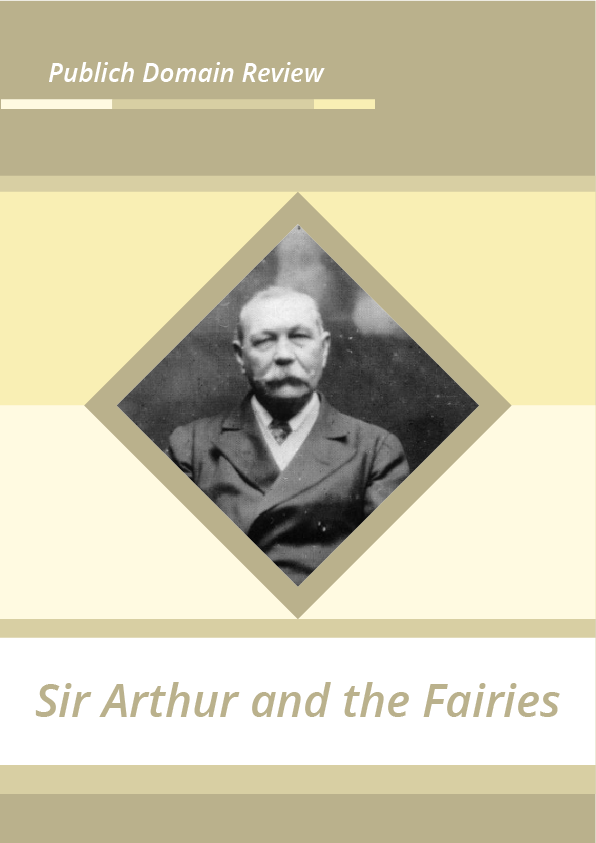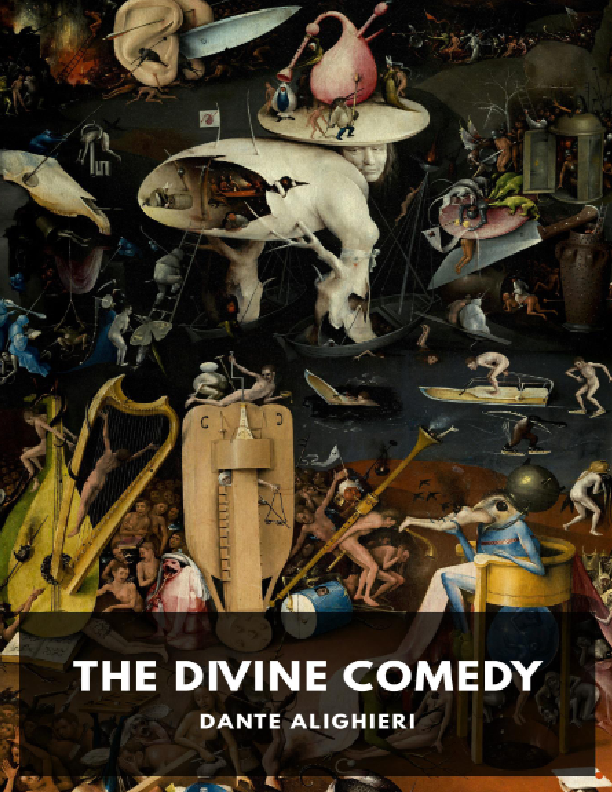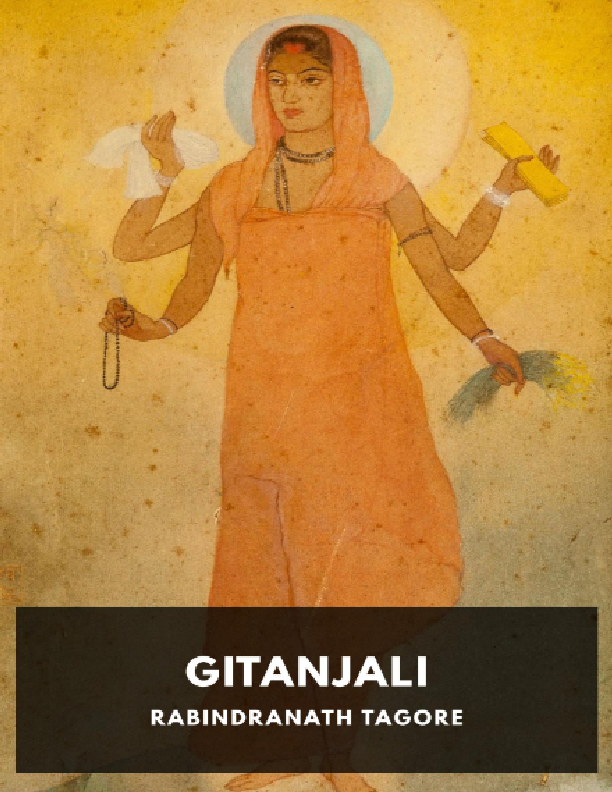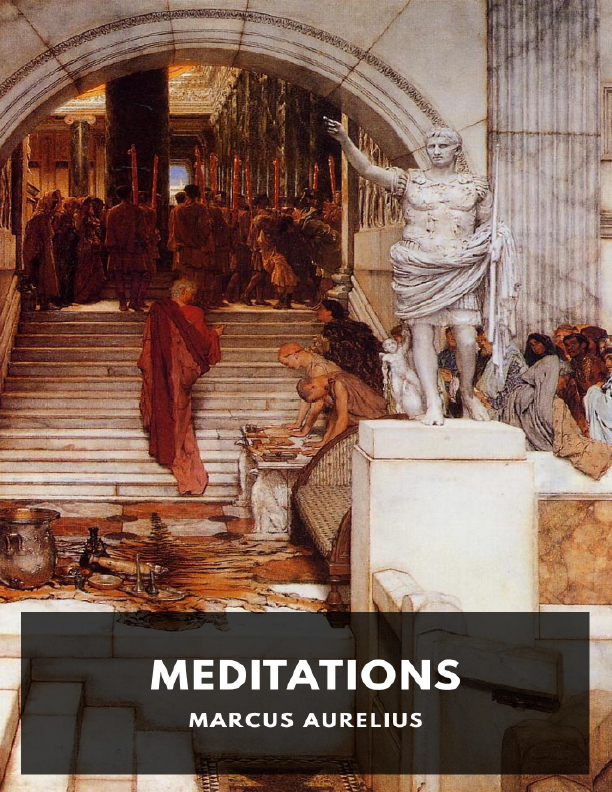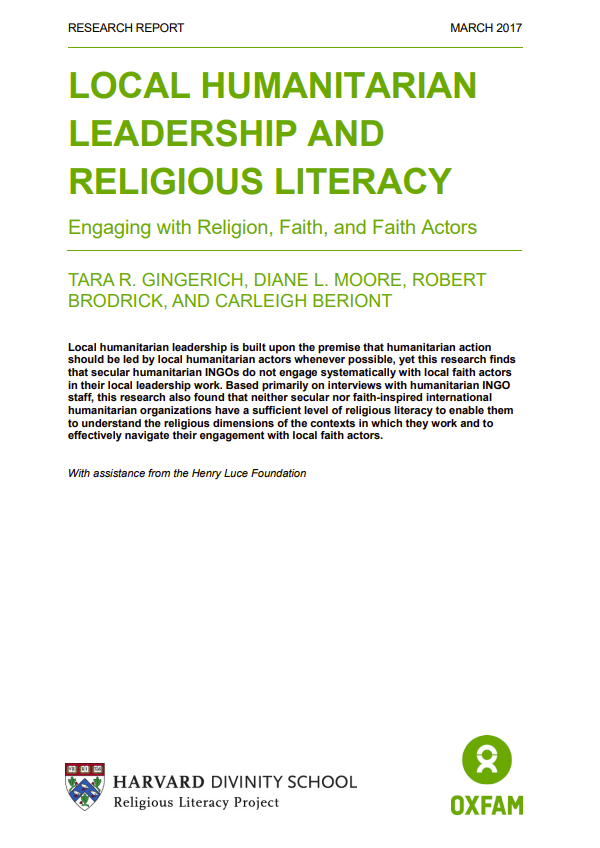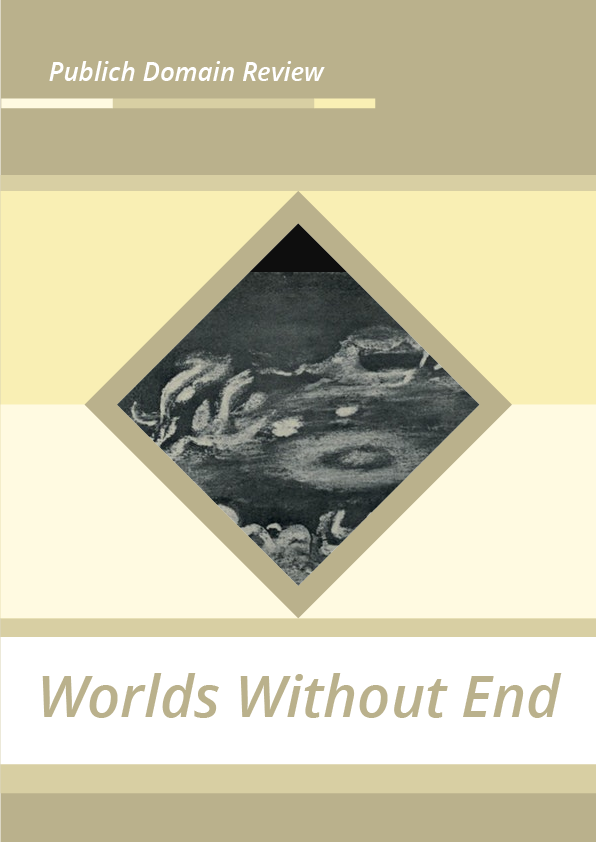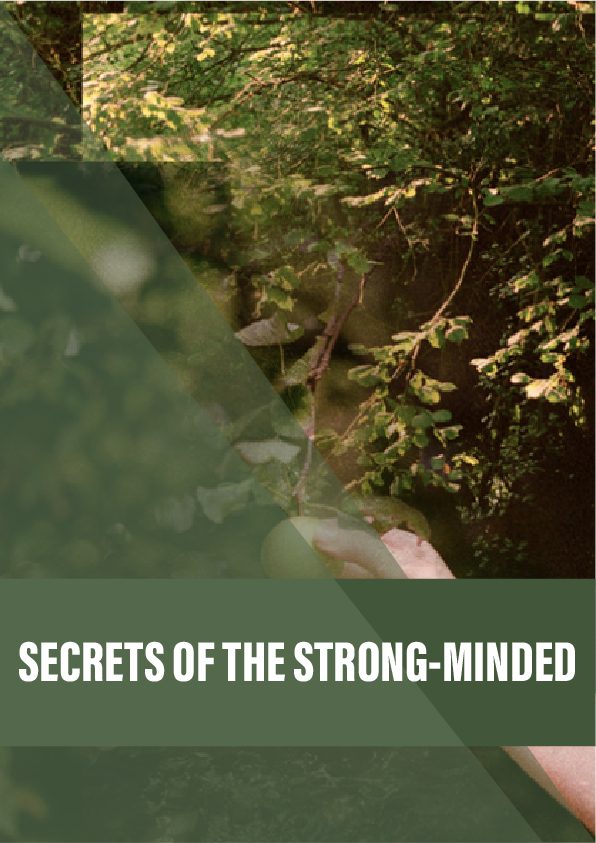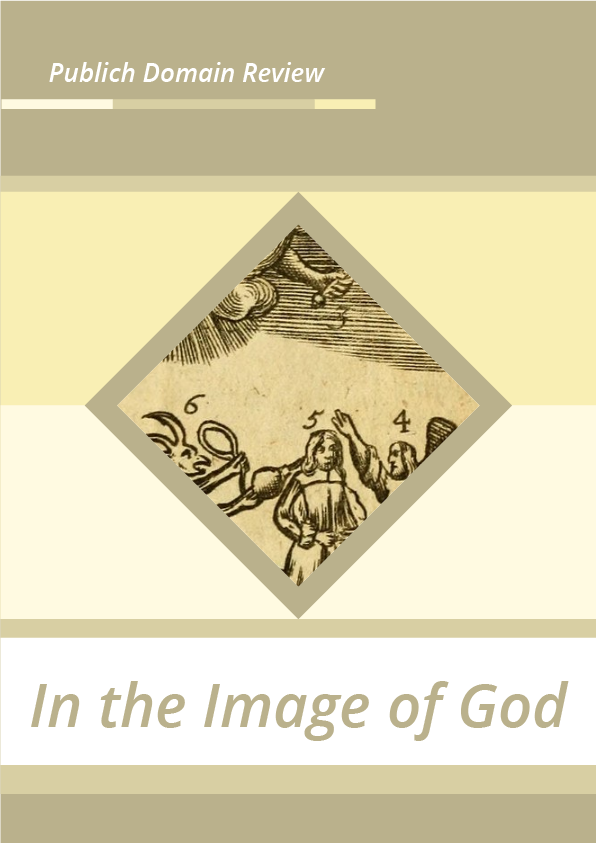In the spring of 1920, at the beginning of a growing fascination with spiritualism brought on by the death of his son and brother in WWI, Arthur Conan Doyle took up the case of the Cottingley Fairies. Mary Losure explores how the creator of Sherlock Holmes became convinced that the ‘fairy photographs’ taken by two girls from Yorkshire were real.
In the winter of 1920, readers of the popular British magazine the Strand found a curious headline on the cover of their Christmas issues. “FAIRIES PHOTOGRAPHED,” it said. “AN EPOCH-MAKING EVENT DESCRIBED BY A. CONAN DOYLE.” The Strand’s readership was well acquainted with Sir Arthur Conan Doyle; most of his wildly popular Sherlock Holmes stories had appeared for the first time in its pages. The great man’s claim that fairies –real fairies – had been photographed in the north of England by two young girls was greeted with wonder, but unfortunately for Conan Doyle, most of it was of the “what can he be thinking?” variety. How could the creator of the world’s most famous, least-fool-able detective have convinced himself that “fairy” photographs were real? Let us proceed, Holmes-like, to examine the question.
Mistake Number One: Misinterpreting the Evidence
To his credit, Conan Doyle made what was (to him) a thorough, scientific, step-by-step investigation of the “fairy” photographs. For his first step, he consulted experts at the London offices of the George Eastman Kodak Company. They examined prints of the first two “fairy” photos and told Conan Doyle they could find no evidence of photo-doctoring; still, they insisted someone who knew enough about photography could have faked them.
In Conan Doyle’s mind, that ruled out the two Yorkshire village girls who had taken the photographs, Elsie Wright and Frances Griffiths. “I argued that we had certainly traced the pictures to two children of the artisan [working] class, and that such tricks would be entirely beyond them,” he wrote. Working class girls, surely, would not be able pull off such a hoax….
Mistake Number Two: Our Man Not on the Spot
Conan Doyle’s next step was an on-the-scene investigation – but Conan Doyle himself did not go. Instead, he enlisted a far-from-impartial surrogate — an ardent believer in fairies named Edward Gardner — to carry out the mission. Gardner had already talked to several people who had assured him the girls had played with fairies and elves since babyhood. He had already written to Elsie Wright’s mother begging her to get her “little girl” to take more photos. “I know quite well that fairies exist,” Gardner wrote in one of several letters to Elsie’s mother, “and that they are very shy of showing themselves or approaching adults, and it is only when one can obtain the help of their ‘friends’ that one can hope to obtain photographs and hence lead to a better understanding of Nature’s ways than is possible otherwise.” Gardner explained to Elsie’s mother that he had long been anxious to obtain photos of “fairies, pixies, and elves, and if possible of brownies and goblins.”
So it is perhaps not surprising that when he actually visited the Wright family in the Yorkshire village of Cottingley, Gardner found no reason to suspect there was anything amiss in the photographs. He talked to Elsie’s parents, who (not knowing themselves whether or how the photos had been faked) gave him sincere and honest answers. They told Gardner all they knew: that the two girls had borrowed Elsie’s father’s camera and gone down to a little hidden valley behind the house where the younger girl, Elsie’s cousin Frances, believed she saw fairies. The girls had returned a just short time later with the negative that Elsie’s father developed in his home darkroom: the first fairy photo.
